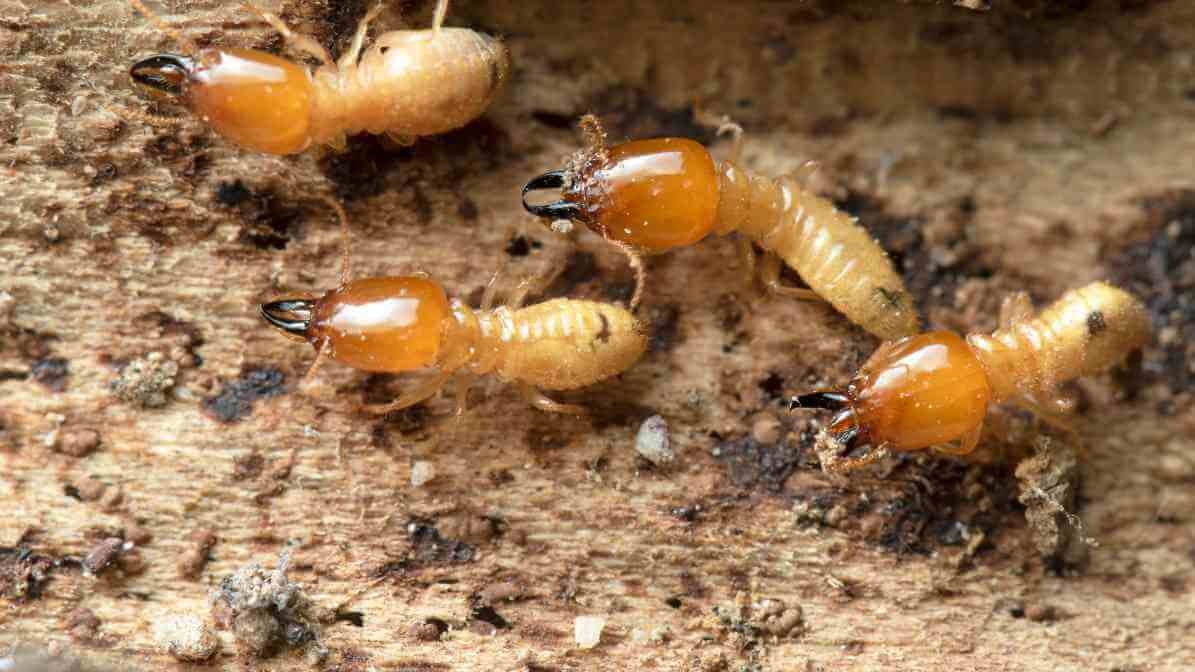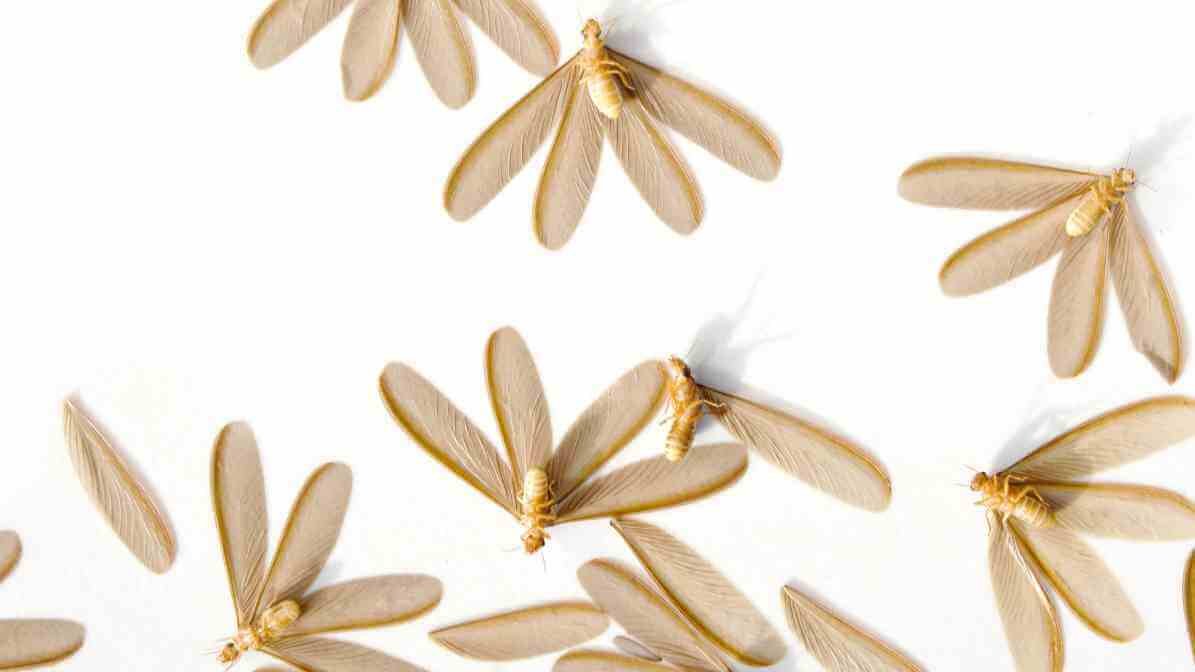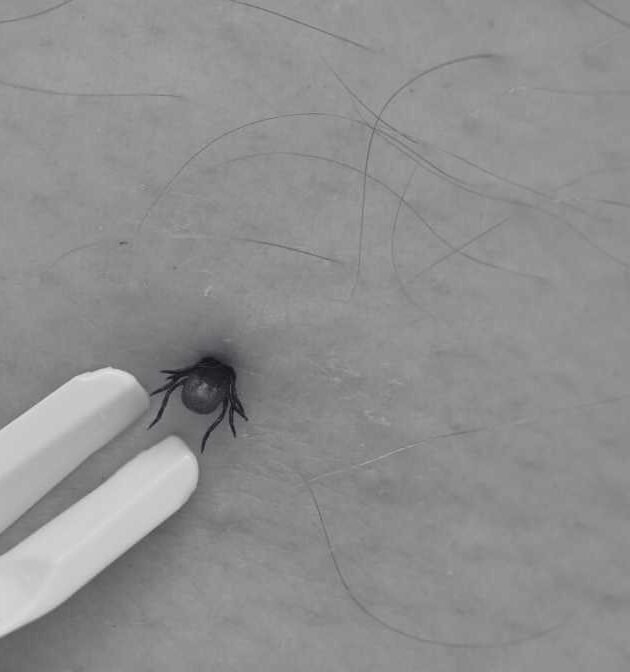
Identifying Spider Bites, Symptoms and Treatment
June 10, 2025
Kill The Termite Colony, Target The Termite Queen
June 13, 2025
Termites Blog
Understanding the termite life cycle, especially the stages involving reproductive termites, termite alates and the subterranean termite life cycle, is essential in combating infestations.
The Intriguing Life Cycle of Termites, From Egg to Infestation
Exploring the Termite Life Cycle
Termites are among the most notorious pests in Malaysia, causing widespread damage to wooden structures, furniture and even foundations. Understanding their life cycle is essential for effective pest management and prevention. We will dive into the stages from egg to mature colony, emphasising the roles of reproductive termites. Understanding the termite alates and the diverse castes that keep a colony thriving.
Whether you are a residential or business owner concern about wooden structures. Our pest control professional, knows how termites develop and reproduce helping you stay one step ahead.
Understanding Termite Alates, The Key to Preventing Infestations
Why Understanding the Subterranean Termite Life Cycle Is Important?
In Malaysia's humid climate, species of termites such as subterranean termites are especially active. Recognising the signs of an impending infestation like termite swarms can save you thousands in repairs. Knowing the biology behind their life cycle allows for timely intervention, targeted control measures and better standards of prevention.
1. Egg Stage: The Starting Point
The Complete Termite Life Cycle
The termite life cycle comprises several key stages, each vital to the colony’s growth and survival. The journey begins with a tiny termite egg and progresses through nymph stages. Until the colony reaches maturity with various castes performing specialised roles. At the heart of each colony is the termite queen, a specialised reproductive termite responsible for laying eggs.
The queen is highly prolific, capable of laying eggs daily, ensuring the growth and sustainability of the termite colony. The eggs, known as termite eggs, are tiny, oval-shaped and translucent. They are carefully care for by worker termites to ensure proper development. The queen can lay eggs continuously during her lifespan, which can span several years, especially in subterranean termites.
2. Nymph Stage: Developing into Castes
The Nymph Stage of Termite Life Cycle
The termite eggs hatches into termite nymphs. These immature insects resemble tiny adults but cannot yet perform reproductive functions. Termite nymphs develop into one of several roles based on environmental cues. Nymphs undergo several molts, gradually differentiating into their specialised castes, workers, soldiers or reproductive termites.
Development of castes:
Termite Workers
- Pale, soft-bodied, responsible for foraging, feeding, nest construction and caring for eggs and termite nymphs.
Soldier Termites
- Larger, with prominent mandibles, tasked with defending the colony against predators like soldier termites of other colonies or ants.
Reproductive Alates
- Winged flying termites that leave the colony during termite swarms to establish new colonies.
3. Caste Differentiation and Colony Roles
The Intriguing Life Cycle of Termites
Termite workers, by far the most numerous, perform the daily chores of forage and care. Soldier termites protect the colony from threats. Reproductive termites include reproductive alates and secondary reproductives that may develop if the main king and queen dies. The termite colony is structured around three main castes:



Workers
Soldiers
Reproductive Termites
How Long Does A Typical Termite Life Cycle Last?
It varies depending on the species of termites and environmental conditions. Generally, it takes several months for eggs to hatch and develop into reproductive adults. Subterranean termites can live for several years, with some colonies expanding rapidly during this period.
Why Are Reproductive Alates, The Winged Flying Termites Significant?
The Role of Reproductive Termites and Swarming in the Termite Life Cycle
Termite swarms are the clearest signal of an active colony nearby. They often occur in or around wooden structures or homes, especially during the rainy season in Malaysia. Recognising these signs can alert owners to invest in immediate pest control before serious damage occurs. A key event in the termite life, particularly for subterranean termites is the swarming process.
Appearance:
- Reproductive alates are winged, dark-bodied termites, often seen during termite swarms. These swarms usually happen during warm, humid evenings conditions prevalent in Malaysia.
Function:
- Flying termites engage in mating flights, where reproductive alates pair up with mates of the same species of termites.
After swarming:
- Swarmers shed their wings and search for suitable soil contact areas to establish new termite colonies. The queen in each new colony begins laying eggs, starting the cycle anew.
Termite Growth Journey and Maintenance of the Colony
Termite Life Cycle Formation of a New Colony
After reproductive alates shed their wings following a successful swarm. They select a suitable location often moist soil or decayed wood and establish a new colony. Over time, a termite colony can grow large with millions of termites in the colony. If not managed, they can cause serious damage to wooden structures.
The queen begins laying eggs, starting with a small number, which develop into termite nymphs.
The king fertilises eggs produced by the queen, ensuring genetic diversity and healthy colony growth.
The queen can lay eggs continuously, sometimes thousands per day, providing the foundation for large colonies over time.
Termite workers gather cellulose from wooden structures and help sustain reproductive termites.
Soldier termites defend the colony’s nest and food sources.
Secondary reproductives may develop if the primary queen dies or if the colony needs more reproductive capacity.
Reproductive Termites and Their Role in Colony Expansion
The Importance of Specific Castes in the Termite Life Cycle
Knowing the different roles of each caste helps us understand how a colony works. It also shows us why certain control strategies are effective.
1. Termite Workers
- Responsible for foraging, nest maintenance and brood care.
- Chew through wooden structures, furniture and other cellulose sources.
- Care and manage for termite eggs and termite nymphs.
2. Soldier Termites
- Protect the colony from predators such as ants or rival colonies.
- Recognisable by their large mandibles and robust bodies.
- Engage in defending wooden structures from invasions.
3. Reproductive Termites (Alates and Secondary Reproductives)
- Reproductive alates fly out during termite swarms and establish new colonies.
- Secondary reproductives develop within existing colonies, supplementing or replacing queen and king if necessary.
Spotting the Signs of Termite Infestation Early
Impact of Subterranean Termites on Wooden Structures
Subterranean termites are among the most destructive forms because they feed on cellulose in wooden structures. The damage can compromise the structural integrity of homes and buildings, leading to costly repairs. Especially in Malaysia where humid conditions support their proliferation. Signs of termite damages cannot be detect initially but progresses rapidly:
Hollowed, weakened wood sounds hollow when tapped.
Presence of mud tubes on foundation walls or wooden beams.
Discarded wings near entry points or window sills, indicating termite swarms.
Professional Termites Control Services
Innovative Pest Blog Summary
Malaysia hosts several species of termites, but subterranean termites from the Coptotermes genus are particularly prevalent and problematic. Knowledge is your best defence against these hidden threats. It helps you protect your property and make it last longer. Understanding the behaviour and biology of these species aids in selecting effective pest management techniques.
Common species of termites:
- Coptotermes gestroi: A highly aggressive subterranean termite responsible for most structural damage.
- Macrotermes spp.: Known for large mounds but less invasive to buildings.
- Odontotermes spp.: Common in forests but may invade structures when nearby.



